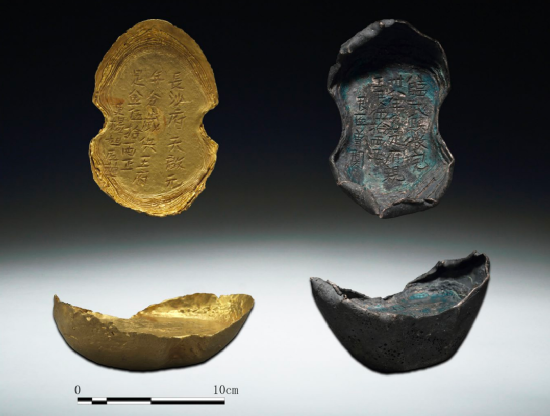
Associate Professor Shi Tao published the latest research on the formation of early states, examining the formation of the Chinese Bronze Age trade network from the Shangluo Corridor.
Recently, Associate Professor Shi Tao of the School of Archaeology and Museology, Sichuan University, conducted a comprehensive study of the Neolithic-Early Bronze Age archaeological materials from the Shangluo Corridor. The article, titled "The Shangluo Corridor and the emerging Bronze Age exchange network of early China," was published in the leading international archaeological journal Archaeological Research in Asia. Shi Tao is the sole author of this article. Author Profile: Shi Tao, Associate Professor. Research interests include Pre-Qin archaeology, archaeological theory, archaeobotany, pottery analysis...

